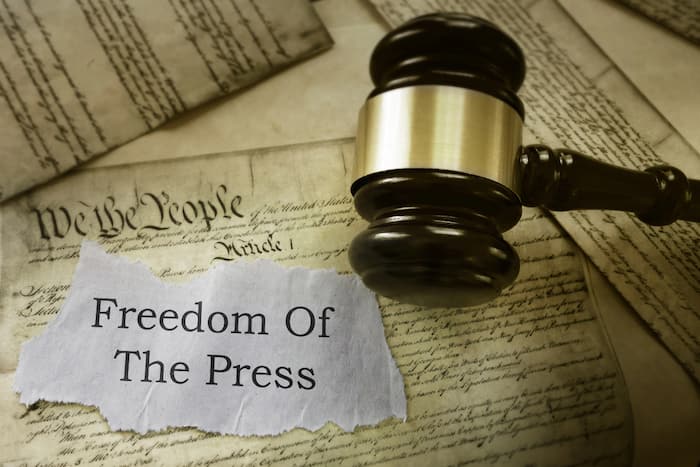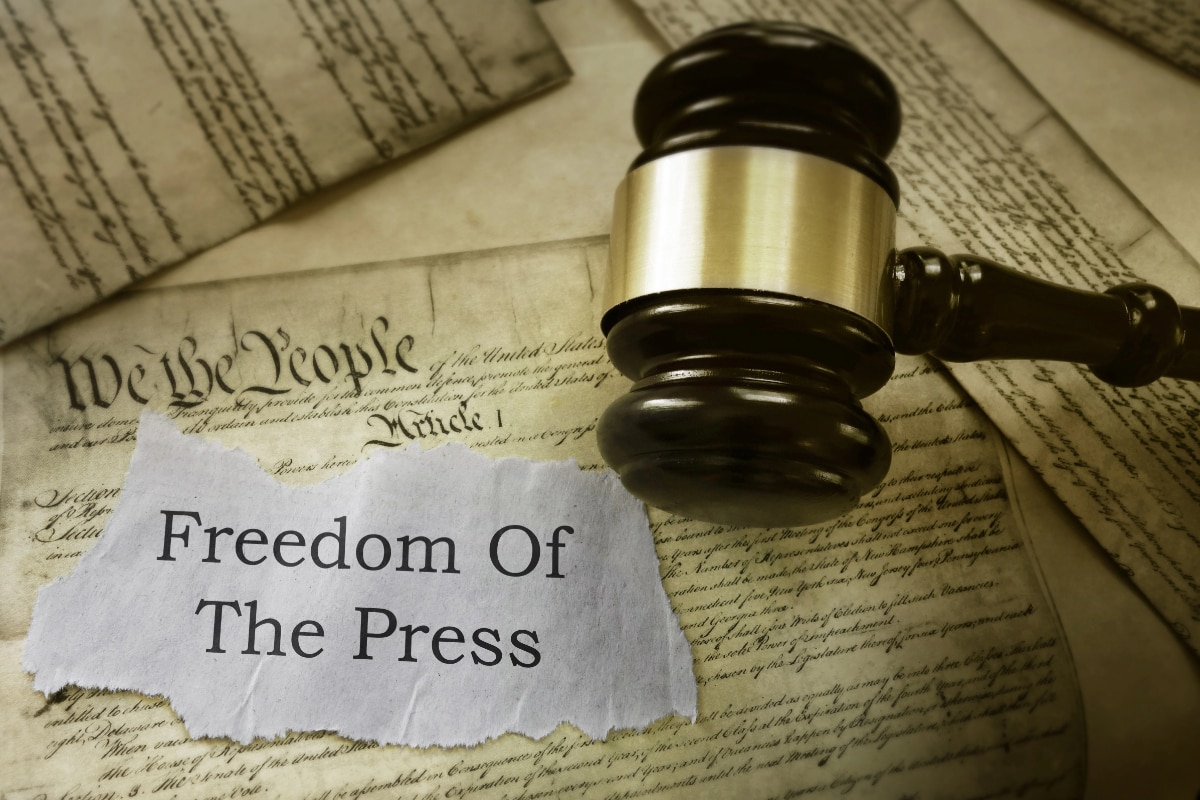The new draft of the bill is reported to have proposed wide-ranging regulations on independent news creators on social media platforms.

New Delhi: The provisions of the draft broadcasting services bill have already started to agitate the stakeholders as media bodies on Thursday raised concern and contended that it sought to create a multi-layered legal system to regulate and censor content in the digital space.
Ritu Kapur, general secretary of DigiPub News India Foundation, an organisation representing more than 90 digital news publishers, said it had reached out to the government to allow it to be part of the consultation process on the draft legislation but had received no response yet. She said it while addressing a press conference in New Delhi.
She said the Ministry of Information and Broadcasting has held closed-door consultations with selective stakeholders, and larger discussions with digital media organisations and associations of civil society have so far not taken place.
“The Broadcasting Services Bill is one more step in creating a multi-layered legal system to regulate, control, monitor and censor content in the country which started with the IT Rules in 2021,” said Anant Nath, president of the Editors Guild of India.
The government had released the draft Broadcasting Services (Regulation) Bill, 2023, in November last year with an aim to bring a consolidated legal framework for the broadcasting sector and also bring in its ambit the OTT content, digital news, and current affairs.
The new draft of the bill, circulated selectively by the government, is reported to have proposed wide-ranging regulations on independent news creators on social media platforms like YouTube, Instagram, and X, expanding its responsibilities from OTT content and digital news content.
Proposals Of The Bill
The bill proposes establishing a new regulatory body called the Broadcasting Authority of India (BAI) to oversee the implementation of the bill and regulations.
Data localization: Requirement for certain platforms to store data in India.
Self-regulation: A two-tier system of self-regulation with an option for government intervention in case of non-compliance.
Content evaluation Committee: A committee to evaluate content and certify its compliance with the code.
Transparency and grievance redressal: Measures to ensure transparency in decision-making and provide viewers with effective grievance redressal mechanisms.
(With PTI inputs)

